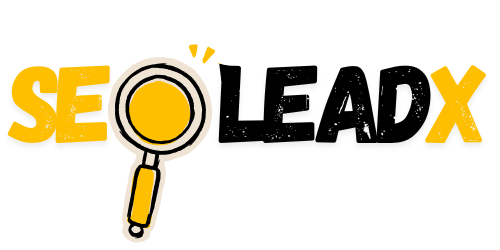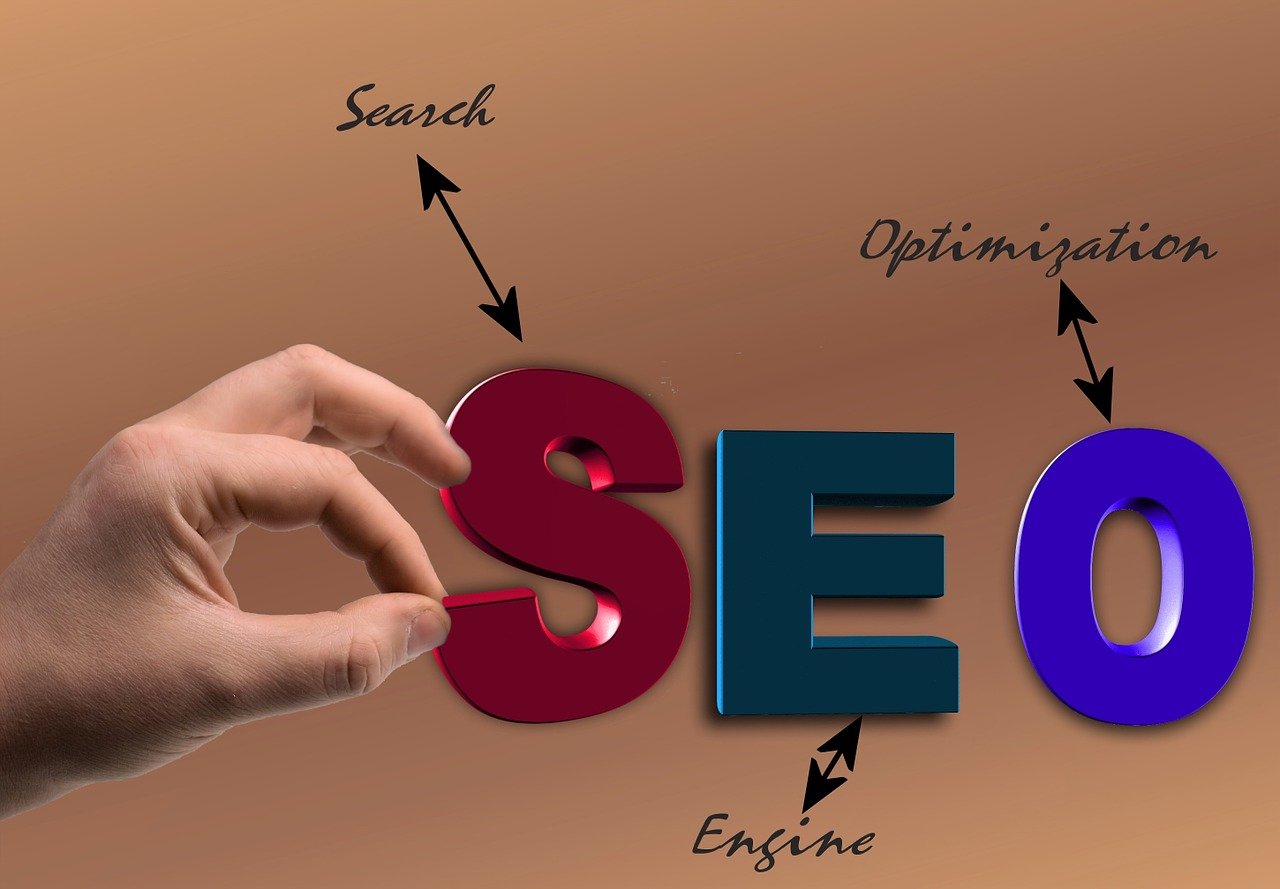From picking the right search terms to tuning your site under the hood, we follow a clear strategy. First, we research keywords, weighing search volume, traffic potential, business value, and what people expect when they click.
In on‑page SEO, we shape titles, headings, URLs, and content so both visitors and search engines get the message at a glance.
Under technical SEO, we make sure bots can crawl every important page, fix site speed and mobile issues, secure your domain with HTTPS, and sort out any indexing quirks.
Finally, our off‑page work earns your brand credibility through links, mentions, and thoughtful outreach. There are a lot of works done in the background. But these are the core foundation that needs to be tackled when doing SEO. Here is a detailed run-down of our services.
Site Audit
A thorough site audit is our first step. We start by scanning your entire site to spot any issues that could hold you back. This includes checking for broken links, redirect loops, and crawl errors. From there, we look at your loading times on desktop and mobile—slow pages lose visitors, so we flag every bottleneck.
Next, we review your security setup. We make sure HTTPS is in place everywhere and that there are no mixed‑content warnings. We also check your sitemap and robots.txt to confirm search engines see the pages you want them to.
On the content side, we hunt down duplicate or thin pages and make sure every URL has a clear, relevant title and description. We test the header structure and image alt text for clarity and accessibility. We’ll also verify your tracking code so you get accurate data in Google Analytics or your preferred tool.
Finally, we look at user experience. We test navigation menus, form functionality, and mobile‑friendly layouts. By the end of the audit, you’ll have a clear list of fixes and improvements—each one aimed at making your site easier to use, easier to find, and set up for steady growth.
Keyword Research
We start with smart keyword research because that’s what shapes everything else. We look beyond just the number of searches. Instead, we choose keywords by checking four main things: search volume, traffic potential, business value, and search intent.
Search volume tells us how many people are looking for something each month. Traffic potential helps us see if the topic can realistically bring visitors to your site. But traffic alone doesn’t mean much unless it connects with what your business offers. That’s where business potential comes in — we focus on keywords that actually support your products or services, not just ones that sound popular.
Finally, search intent is the most important part. It helps us understand what people really want when they type a query. Are they looking to buy? Just researching? We analyze the top results and make sure your page gives people what they expect. Over time, we fine-tune your keyword strategy so it keeps working — adding new terms, removing outdated ones, and staying in sync with your goals.
On-Page SEO
Good content can still get lost if the page isn’t set up the right way. We optimize the structure of your pages so search engines and people both understand what you’re offering at a glance.
We begin with title tags — keeping them short, clear, and using the main keyword. Meta descriptions come next. They don’t directly affect rankings, but they do affect clicks, so we make them natural and relevant to what’s on the page.
Headings (H1, H2, H3) help organize content and give it a clear visual structure. They also help search engines pick up on the page’s main topics. For images, we use short, descriptive alt texts. This not only supports accessibility but also helps images appear in search results.
We also keep URLs clean and short, using hyphens between words and avoiding random numbers or meaningless characters. Internal linking is handled with care. We connect related pages in ways that feel natural and helpful, guiding readers deeper into your site.
Technical SEO
This is where we make sure your site works the way search engines expect. If something blocks crawlers or slows users down, it needs fixing.
We manage the robots.txt file so only important pages get indexed. We keep your sitemap clean and updated to make it easier for search engines to find everything. If a page could be seen as a copy of another, we handle that with canonical tags.
Security is another major factor. We use HTTPS on all pages — not just for user trust, but also because it’s considered a ranking signal. Speed is just as important. We optimize images, reduce file sizes, and cut down on scripts that slow things down.
Mobile performance is also a top priority. We test across devices and screen sizes to make sure everything works smoothly. And if there are crawl errors or broken redirects, we find and fix them before they hurt your visibility.
Off-Page SEO
Off-page SEO builds your site’s reputation beyond what’s on the screen. It’s about trust, authority, and relevance — and that comes from what others say about your site.
We reach out to websites that make sense for your niche. Our link-building isn’t about quantity — it’s about getting links that matter. That includes guest posts, industry mentions, and placing your site in front of the right people.
Broken link building is another tactic we use. If a relevant site has a broken page, we suggest replacing it with your helpful content. It’s a win-win — they fix a dead link, and you gain a connection.
We also monitor brand mentions. If people are already talking about you, we help you join the conversation and add value where it makes sense. Over time, these mentions turn into links and help your domain grow in authority.

